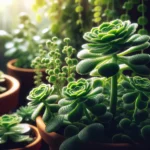Introduction to Senecio Integerrimus
Embark on a journey to the high altitudes where the air is crisp, and the sounds of civilization fade away, to witness the serene beauty of Senecio integerrimus, or more fondly known as lambstongue ragwort. Nestled amidst the alpine meadows and grassy plains of North America, this remarkable plant thrives where few dare to settle. Its vibrant yellow blossoms stand tall, dotting the landscape with splashes of sunlight. But Senecio integerrimus is more than just a pretty face; it plays a crucial role in the ecosystem, offering sustenance to a variety of pollinators and integrating seamlessly into the fabric of its native habitats.
Picture this: A hiker, determined to reach new heights, stumbles upon a field adorned with these yellow gems. As they marvel at the plant’s resilience to the harsh mountainous conditions, they are witnessing the silent yet steadfast guardianship Senecio integerrimus provides to the environment. As pollinators flit from flower to flower in a delicate dance of survival, the interconnectedness of all life forms becomes as clear as the mountain air.
It’s not uncommon to encounter Senecio integerrimus under various aliases, such as tall western groundsel or just plainly, the elegant and straightforward integerrimus. Regardless of its name, this plant has captured the admiration of both botanists and nature enthusiasts alike. For more in-depth information on this resilient species, one can consult the plant guide for lambstongue ragwort, an invaluable resource for understanding the hidden intricacies of this alpine beauty.

Understanding Senecio integerrimus is to appreciate the subtleties of nature’s design; its ability to not only endure but flourish under conditions many species find daunting. Through a kaleidoscope of yellow, this plant tells a story of adaptation and balance, reminding us that every element of an ecosystem, no matter how small, is essential to the grand tapestry of life. As we delve deeper into its world, we uncover the essence of what it means to survive and thrive within the web of nature.
Botanical Profile of Lambstongue Ragwort
When you gaze upon the charming Senecio integerrimus, or Lambstongue Ragwort, you are witnessing an alpine wonder that remarkably flourishes amidst the rugged terrain. This tenacious plant is not just about survival; it is an embodiment of nature’s exquisite artistry. Let’s unpack the unique botanical features that make Lambstongue Ragwort a subject of admiration and intrigue.
A key characteristic that captures the eye is the plant’s elegant leaves. Rather like the tongues of lambs, the leaves are long, narrow, and possess a wavy margin that adds a playful twist to their silhouette. These verdant blades form a lush base from which the plant asserts its presence. Above this vibrant foliage, Lambstongue Ragwort heralds the arrival of spring and summer with its sunburst of yellow flowers. Each bloom is a composite of numerous tiny florets congregating in a showy display.
Standing proudly, Senecio integerrimus reaches heights that variegate greatly – from a modest 20 centimeters to a towering 70 centimeters. This vertical ascent is a testament to the plant’s vigor and adaptability in diverse habitats, ranging from grassy slopes to the forest’s edge. Flora enthusiasts might find parallels between the Lambstongue Ragwort and the Echeveria Gibbiflora, another alpine resident known for its resilience and beauty.
The flowering season of the Lambstongue Ragwort is a calendar highlight, marking a period wherein pollinators, such as bees and butterflies, engage in an ecological dance around the inviting blooms. These interactions are not just crucial for the ecosystem, but also offer a picturesque scene for any nature lover.
But what truly sets Senecio integerrimus apart from other members of the Senecio genus? It’s the perfect convergence of its hardiness, the subtle charm of its lanceolate leaves, and the warm allure of its golden inflorescences. For those wishing to delve deeper into its botanical nuances, sources like Karen’s Garden Tips offer a comprehensive plant profile.
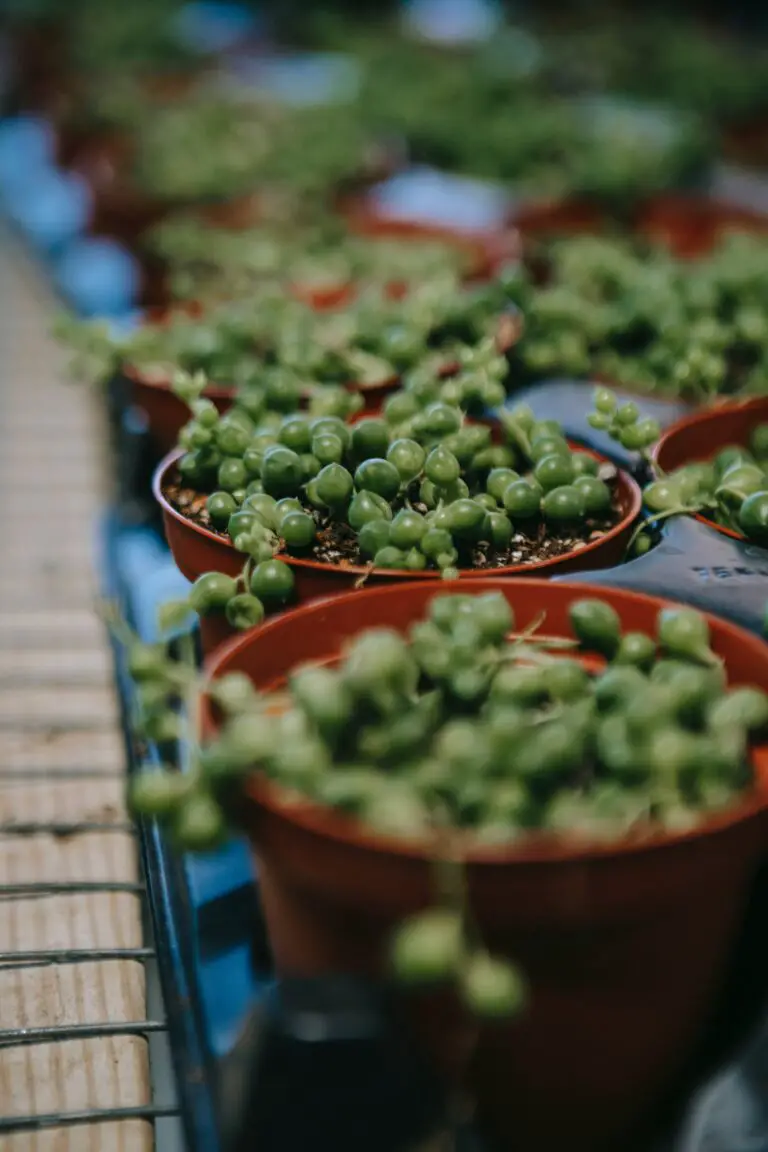
The Natural Habitats of Mountain Senecio
Imagine standing on a windswept alpine slope, the air is crisp, and the soil beneath your feet is a patchwork of stone and organic matter. This is the world of Senecio integerrimus, commonly known as the Mountain Senecio. It’s a brilliant example of nature’s resilience, flourishing where few plants dare to root. But what are the secrets behind the success of this hardy perennial?
Mountain Senecio embarks on its life journey across a diverse range of geographies. It thrives in the open montane and subalpine zones of Western North America, from the rolling hills of Montana to the rugged backcountry of the Colorado Rockies. These plants have a preference for the sunny spots, where the warm rays of the sun coax the delicate yellow blossoms into revealing their full glory.
But it’s not just sunshine and sprawling vistas; Senecio integerrimus has a particular fondness for well-drained soil. It prefers environments that echo the ‘feast-or-famine’ water availability found in its alpine homes. And it’s this adaptability to inconsistent moisture that has helped Mountain Senecio carve out its ecological niche, making it a paragon of persistence in a world of extremes.
Dive a little deeper into the preferred habitats of Mountain Senecio, and you’ll notice that it’s all about balance. The right mix of sunlight, soil that offers just the right amount of give, and an elevation where the air is thin enough to touch the heavens but rich enough to sustain life. In these conditions, the Mountain Senecio stands tall, a beacon of yellow in a sea of green.
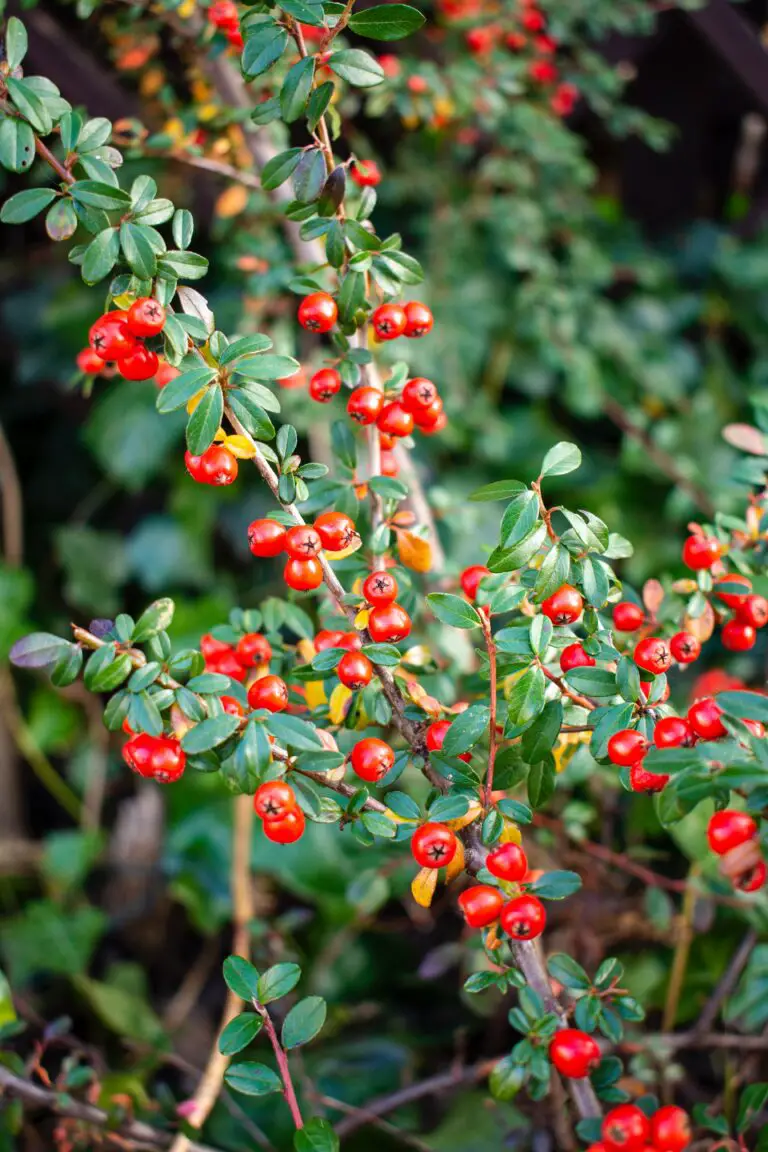
For those enchanted by the charm of alpine plants, Mountain Senecio is a familiar face amidst the rugged beauty. It shares its high-altitude home with a community of floral companions, each with its unique adaptations for survival. If you’re curious to learn more about these tenacious plants, such as the lovely Echeveria that offers an exquisite touch to any succulent collection, you’ll be diving into a world as rich as the soil they grow in.
Cultivating Senecio Integerrimus
Picture this: you’re standing amidst the breathtaking alpine wilderness, surrounded by a mosaic of vibrant wildflowers, with the majestic Senecio integerrimus basking in the high-altitude sunshine. Now, imagine capturing that natural wonder right in your own backyard! It’s not just a dream – with the right approach, you can be the proud cultivator of this rugged mountain treasure.
So, what’s the secret to getting these hardy beauties to thrive in your garden? For starters, let’s talk dirt. Senecio integerrimus isn’t picky but does have a penchant for well-draining soil. Think gritty, loamy, and just a tad acidic to neutral. That way, each root gets the perfect sip of water without the fear of soggy feet.
When it comes to sun exposure, these alpine natives are sun-worshippers at heart. A spot where they can soak in full sunlight will have them beaming with blossoms. However, if your climate is on the warmer side, a little afternoon shade won’t hurt to protect them from getting a sunburn.
Speaking of hydration, moderation is key. Overwatering is the sworn enemy of Senecio integerrimus. The goal is to mimic the natural conditions of their highland home: think infrequent but deep watering, allowing the soil to dry out between drinks. This will encourage strong root growth, which is essential for a flourishing plant.
Now, about those hardiness zones – these perennials are tough cookies. Generally, they’re comfortable in zones 3 to 7. If you’re within this belt, you’ve hit the Senecio jackpot. Outside these zones? It’s not a deal-breaker, but you might need to consider protective measures when Mother Nature turns down the thermostat.
Let’s not forget a real-life inspiration from the alpine gardening community. I recall a friend who had an unkempt, rocky corner of the garden. With a bit of ingenuity, she transformed it into a Senecio sanctuary! Layering stones for drainage and picking the sunniest spot did the trick. It became a testament to the adage, “Right plant, right place.” Indeed, sometimes, the areas we overlook hold the greatest potential for cultivating alpine marvels.
Unfortunately, we couldn’t find a video to accompany our virtual gardening journey. Nevertheless, with the insights shared, you’re more than equipped to kickstart your Senecio integerrimus adventure. These tips and best practices aren’t just guidelines; they’re your tools to unveiling nature’s alpine beauty in your own slice of heaven.
Conservation Status and Efforts
As we delve into the enigmatic world of Senecio integerrimus, it’s crucial to address a pivotal question: How is this alpine gem faring in the wild? Currently, Senecio integerrimus enjoys a status that may not trigger immediate alarm bells. However, it’s precisely this sort of complacency that can lead to unforeseen declines. The conservation status of a species is never static; it’s a reflection of the ongoing tug-of-war between nature’s resilience and human impact.
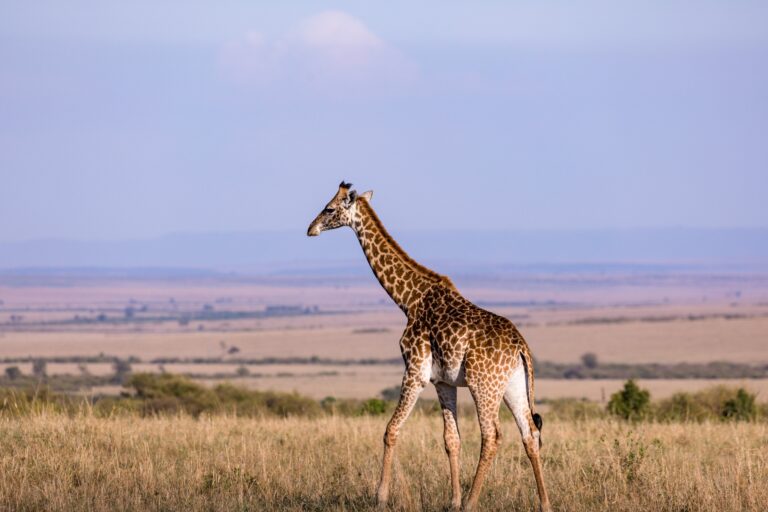
Environmental challenges can swiftly knock a species off its balance. Take habitat fragmentation for example. This phenomenon can turn a once-thriving population of Senecio integerrimus into isolated pockets of survival, struggling to maintain genetic diversity. Add climate change to the mix, and you’ve got alpine plants like our unsung hero facing shrinking habitats as warmer temperatures push the suitable growth zones further uphill.
Guardians of the Alpine: Conservation Efforts in Action
In the face of these threats, conservationists are our botanical sentinels, keeping a vigilant eye on the unseen corners where Senecio integerrimus paints the landscape with its vibrant hues. Preservation programs are taking root, emphasizing the importance of protecting the natural habitats that support this species. But it’s not just about safeguarding acres of land; it’s also about nurturing the intricate web of life within.
Real-life examples abound. In one highland reserve, a group of dedicated volunteers has taken to painstakingly removing invasive species that outcompete native plants like Senecio integerrimus. Their efforts not only reclaim the terrain for indigenous flora but also educate the public about the value of biodiversity. Such initiatives, although small in scale, can ripple across the ecosystem, reinforcing its integrity.
Concerted conservation efforts also include habitat restoration projects, which aim to heal the places we’ve scarred. Imagine a reclaimed mountain slope, where once only the scars of human encroachment were visible, now blooming anew with the yellow blossoms of Senecio integerrimus. These projects don’t just restore beauty; they reconstruct the lifelines for countless species.
The prognosis for Senecio integerrimus is a complex tapestry woven from threads of danger and safeguarding measures. Its existence serves as a testament to the fragility, yet tenacity, of life in alpine environments. As stewards of the earth, our role in deciphering and responding to the needs of such species cannot be overstated. Every action taken towards conservation is a stitch in the fabric of our planet’s future.
Uses and Benefits of Senecio Integerrimus
Discovering the utility of alpine flora often yields surprising benefits, and Senecio integerrimus, a gem among mountain blossoms, is no exception. Whether painted across meadows in its natural habitat or gracing our homes as an ornamental plant, its allure is undeniable. But its beauty is just the beginning; there are tales of healing and decoration waiting to be told.

The understated elegance of Senecio integerrimus is a noted addition to any gardener’s palette. Its vibrant yellow blooms bring a pop of color, transforming both indoor and outdoor spaces with a sprinkle of alpine magic. Those with an eye for design appreciate its rustic charm when creating an enchanting cottage garden tableau or a serene green sanctuary within urban dwellings.
Medicinal Marvels from the Mountains
Diving deeper, traditional remedies often include the wonders of the wild, and Senecio integerrimus is steeped in healing lore. For generations, certain indigenous cultures regarded it as a vital ingredient in their medicinal concoctions. Its applications range from soothing inflammations to acting as a salve for wounds – a testament to the plant’s enduring legacy in traditional medicine.
Today, the quest for natural treatments sees Senecio integerrimus under a new spotlight. As scientists comb through nature’s pharmacy, they often turn to the wisdom of the past. Each petal and leaf holds the potential for discovery, perhaps harboring compounds that could pave the way for future pharmaceutical breakthroughs. While the scientific jury is still out, the possibilities are as blooming as the flower itself.
Whether cultivated for its aesthetic appeal or potential health benefits, Senecio integerrimus embodies the harmonious balance between utility and beauty. It’s a living reminder of nature’s generosity, offering us both solace and splendor.
Incorporating Senecio Integerrimus in Garden Design
Imagine stepping into a garden where the serene beauty of the alpine wilderness greets you. That’s the magic Senecio integerrimus, also known as the lamb’s ear ragwort, can bring to your outdoor space. Bringing this natural alpine charm into your garden isn’t just about aesthetics; it’s about embracing ecological diversity that benefits both flora and fauna.
Senecio integerrimus fits perfectly within a tapestry of garden landscapes, each stroke contributing to a visually enchanting scene. Its versatility shines in various settings, but let’s focus on three captivating design ideas where this alpine gem truly excels.
Alpine Rockeries: A Mountain in Miniature
Rockeries emulate the rugged alpine terrain Senecio integerrimus calls home. Intermixing its cheerful yellow blooms among stone and gravel, one can create a microcosm of a mountain haven. The sturdy yet vibrant nature of lamb’s ear ragwort withstands the unique conditions rockeries present, such as well-draining soil and varied sunlight, making it a steadfast choice for this design.
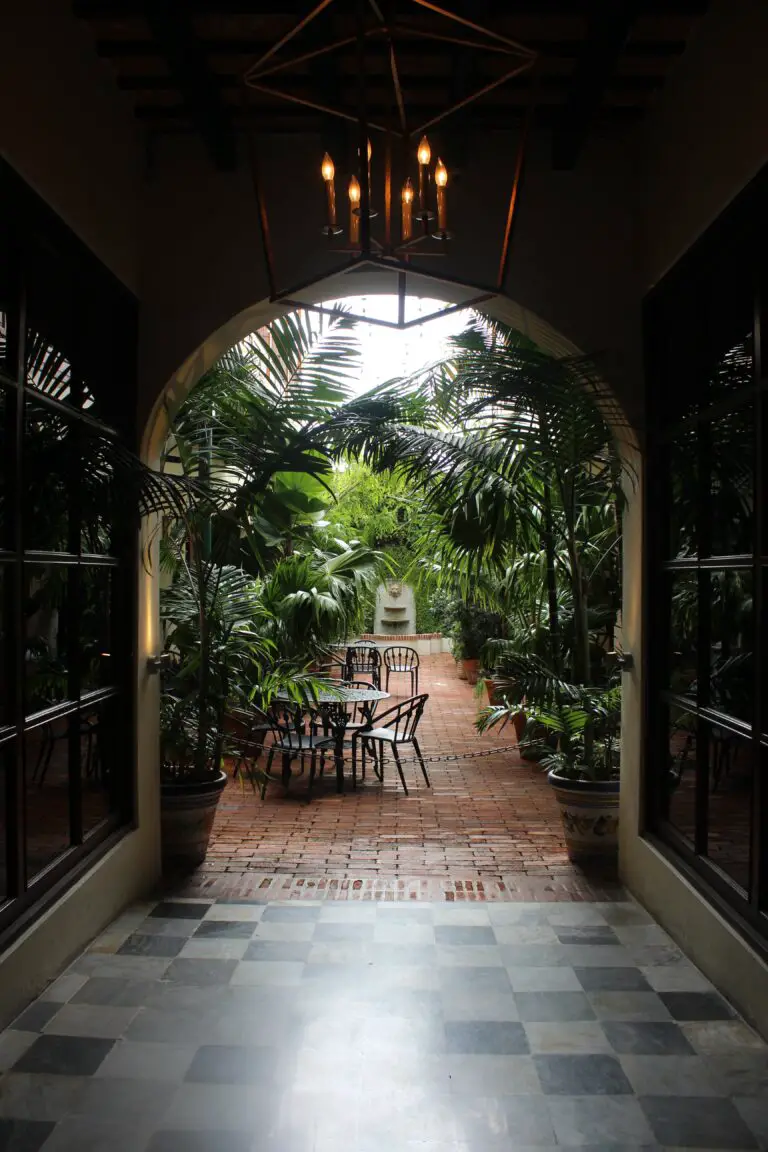
Wildflower Meadows: A Dance of Diversity
Envision a wildflower meadow, a mosaic of color and texture, with Senecio integerrimus dancing amidst native grasses and flowers. This naturalistic approach not only paints an alluring landscape but also invites a symphony of pollinators. It’s a dynamic environment where lamb’s ear ragwort contributes to a flourishing ecosphere, bolstering biodiversity with its presence.
Recount a local park that adopted this approach: suddenly, bees and butterflies were abuzz, enriching the location with life. Having Senecio integerrimus in your own meadow could create a similar vibrant hub for wildlife right in your backyard.
Garden Landscapes: A Harmonious Blend
What truly sets Senecio integerrimus apart is its ability to blend harmoniously with other plants in a conventional garden landscape. It can serve as a compelling foreground feature or a delicate accent among perennials and shrubs. Integrating lamb’s ear ragwort alongside flowering plants like lavender or echinacea amplifies the garden’s aesthetic appeal while supporting a diverse habitat.
By considering Senecio integerrimus within your garden design, you not only enrich the aesthetic quality of your space but also contribute to local wildlife support. It’s a step towards sustainable gardening that mirrors the splendor of alpine meadows—an intersection where beauty and purpose coalesce.
FAQs About Alpine Senecio Care and Information
Have you ever marveled at the remarkable resilience of alpine flora? Take Senecio integerrimus, for instance. This charming wildflower thrives in high-elevation environments, displaying a remarkable ability to adapt and flourish. Through the collective curiosity of gardening enthusiasts and naturalists alike, we’ve gathered a trove of inquiries regarding its care. Let’s dive into the world of Alpine Senecio and uncover the secrets to its care and propagation, as prompted by your most pressing questions.

What makes Senecio integerrimus such a robust alpine plant?
In answering this question, let’s liken the Alpine Senecio to a seasoned mountaineer. Equipped with fleshy leaves that retain water like a trusty canteen, the plant is poised to battle the arid conditions of elevated regions. Its deep-rooting system is like a climber’s anchor, ensuring stability and access to nutrients amidst rocky terrains.
Is it possible to propagate Senecio integerrimus at home, and if so, how?
Indeed, propagating the Alpine Senecio is akin to starting a new chapter in your gardening journal. You can initiate this process by either seeds or cuttings. Imagine gently planting seeds within a well-draining soil mix, much like laying a foundation for a future skyscraper or carefully placing cuttings like an artist might place a new brushstroke on canvas.
Can you share some tips for the optimal care of Senecio integerrimus?
Absolutely! Consider visualizing your Senecio’s care routine as crafting a personalized training regimen for an athlete. This alpine beauty basks in full sun, relishes moderate watering akin to a steady rainfall, and prefers a free-draining soil that replicates its native habitats—thus enabling it to reach peak vitality.
What are the distinct characteristics of Senecio integerrimus that set it apart from other Senecios?
Picture the Alpine Senecio as the standout performer in an ensemble cast of flora. Its distinct lance-shaped leaves, which may turn a stunning purple in colder climates, act as its signature costume. The yellow, daisy-like flowers that bloom in summer are its solos, separating it from the chorus line of familiar garden varieties.
How does Senecio integerrimus adapt to different seasons and environments?
Like a well-traveled nomad, Senecio integerrimus exhibits versatility in spades. As seasons shift, it demonstrates a wardrobe change: its leaves turning from green to purple with the cold. When relocated from alpine to garden settings, it adjusts with ease, displaying a resilience comparable to an explorer navigating varied terrains.
Each question propels us further into understanding the meticulous art of alpine plant care. Remember, like the resolute mountaineer, our garden endeavors are filled with trials and triumphs. The Senecio integerrimus, with its unique elegance, serves as a testament to the beauty and endurance found within nature’s alpine gallery.


